Introduction
Coloring is a wonderful activity that allows children to express their creativity, improve fine motor skills, and learn about different subjects in an enjoyable way. Emus, with their tall stature and unique appearance, provide a great opportunity for kids to explore the animal kingdom through their art. Whether your child is fascinated by wildlife or simply enjoys vibrant colors, emu-themed coloring pages can spark curiosity and offer endless fun.
Age Range: Who Can Enjoy These Coloring Pages?
Emu coloring pages are suitable for a wide range of ages, making them versatile and inclusive for various developmental stages:
- Toddlers (Ages 2-4): Simple, large-outline emu coloring pages with minimal details are ideal for toddlers. These pages help young children develop hand-eye coordination and color recognition.
- Preschoolers (Ages 4-6): As children grow, they can handle more complex designs. Preschoolers can enjoy emu coloring pages with more intricate patterns and additional elements like plants or landscapes.
- Early Elementary (Ages 6-8): Children in this age group can engage with detailed emu coloring pages featuring a range of textures and patterns. These pages can also include fun facts or educational elements to enhance the learning experience.
- Late Elementary (Ages 8-12): Older kids can appreciate more sophisticated emu coloring pages with advanced designs and artistic challenges. These pages can incorporate artistic techniques like shading and blending.
Fun Facts About Emus
Emus are fascinating creatures that captivate the imagination. Here are some intriguing facts about emus that can add an educational touch to your coloring sessions:
- Native Habitat: Emus are native to Australia and are the second-largest living bird species by height, standing up to 6.6 feet tall.
- Flightless Birds: Emus, like ostriches, are flightless. They have powerful legs adapted for running at speeds up to 30 miles per hour.
- Distinctive Feathers: Their feathers are unique, with a double-shafted structure that gives them a shaggy appearance. This adaptation helps them stay warm and camouflage in their natural habitat.
- Long Lifespan: Emus can live up to 10-20 years in the wild and even longer in captivity.
- Diet: They are omnivores, eating a variety of plants, insects, and small animals. Their diet varies depending on the season and availability of food.
- Communication: Emus communicate using a variety of sounds, including booming calls and low-frequency grunts. These sounds can travel long distances through the dense Australian bush.
- Breeding: During the breeding season, male emus incubate the eggs and care for the chicks. The female emu lays the eggs and then leaves, while the male remains to protect and nurture the young.
- Conservation Status: Emus are not currently considered endangered. They have adapted well to various environments and are found in many parts of Australia.
- Cultural Significance: Emus hold cultural significance for Indigenous Australian peoples, featuring in their art, stories, and ceremonies.
- Unique Gait: Emus have a distinctive gait, moving their legs in a way that makes their body bob up and down. This motion is due to their unique anatomy and is part of what makes their movement so interesting.
- Large Eggs: Emu eggs are large and have a dark green or blue-green color. They are about twice the size of a chicken egg and have a thick shell.
Explore 10 Emu Coloring Pages For Kids
Emu Coloring Page 1 for Kids
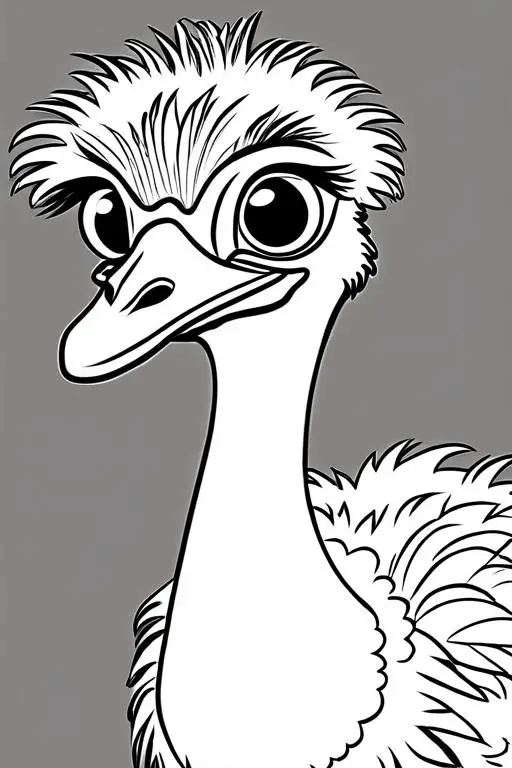
Emu Coloring Page 2 for Kids
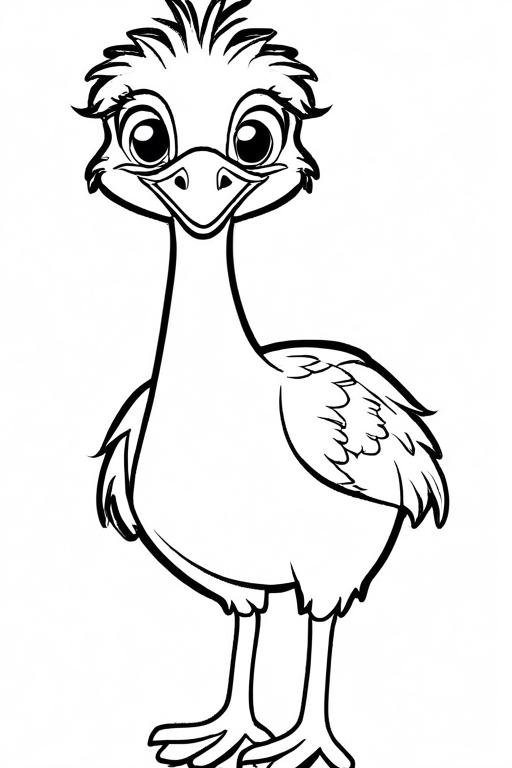
Emu Coloring Page 3 for Kids
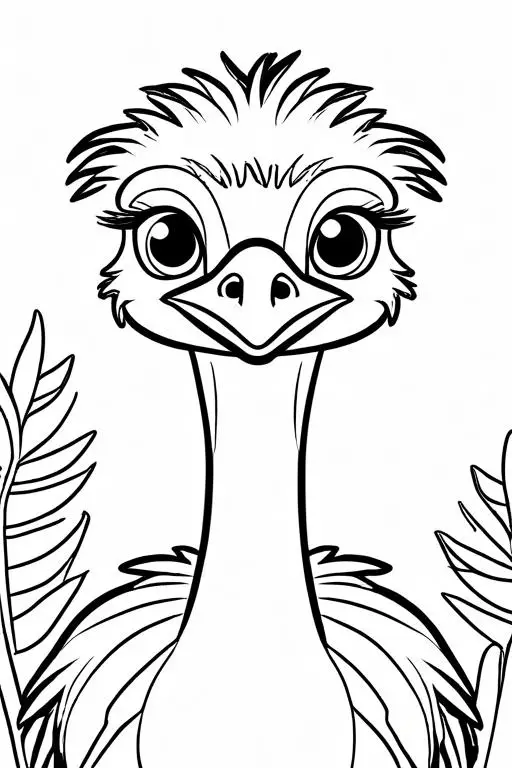
Emu Coloring Page 4 for Kids
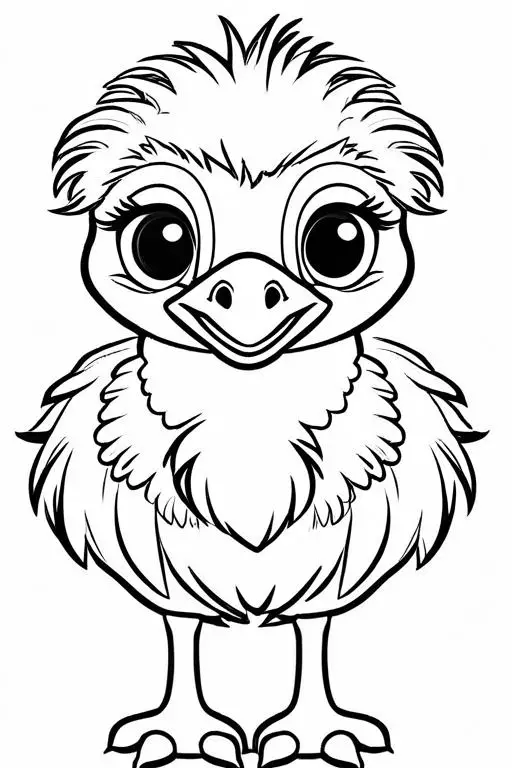
Emu Coloring Page 5 for Kids
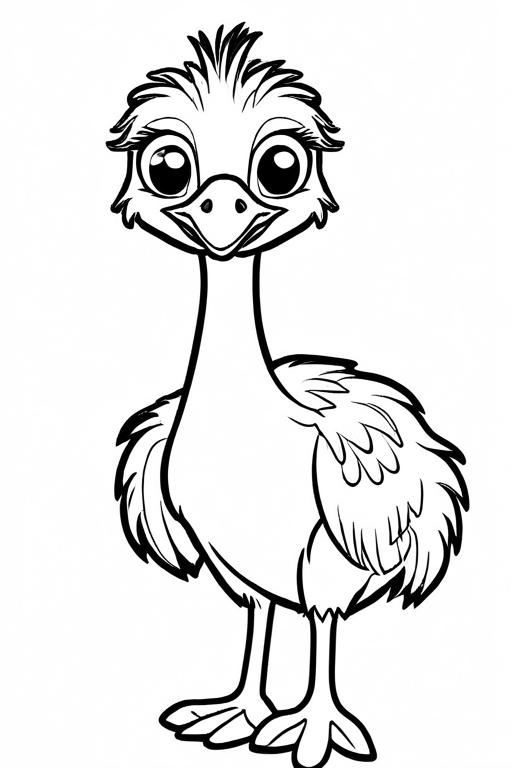
Emu Coloring Page 6 for Kids
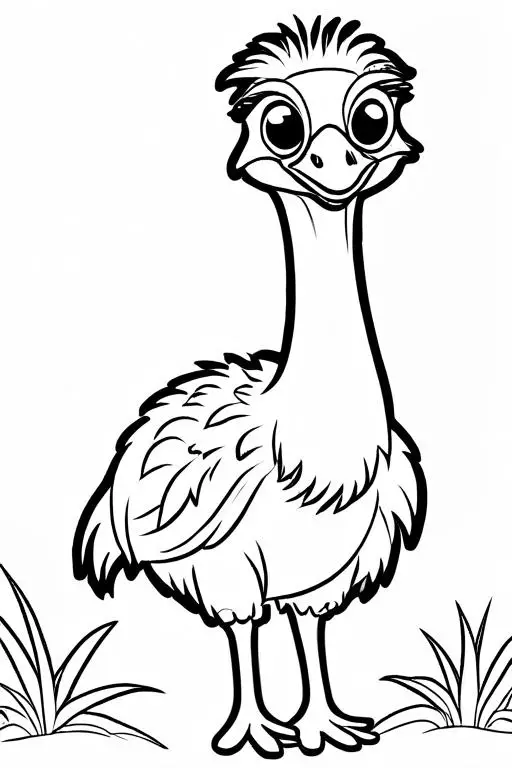
Emu Coloring Page 7 for Kids

Emu Coloring Page 8 for Kids
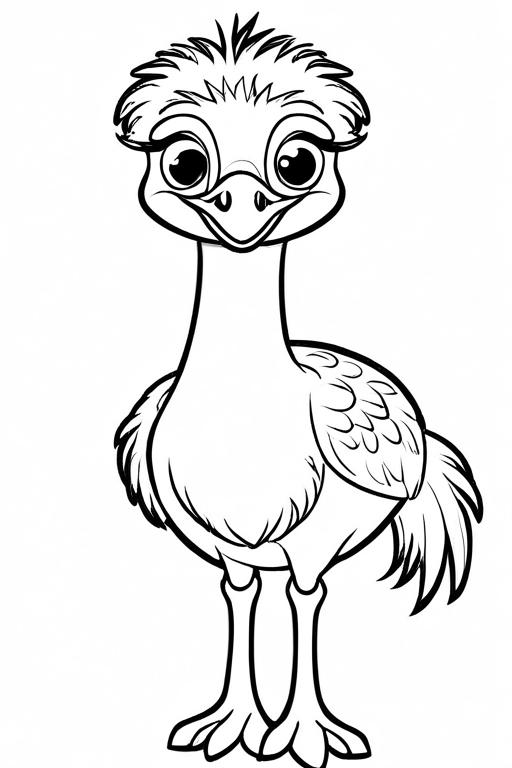
Emu Coloring Page 9 for Kids
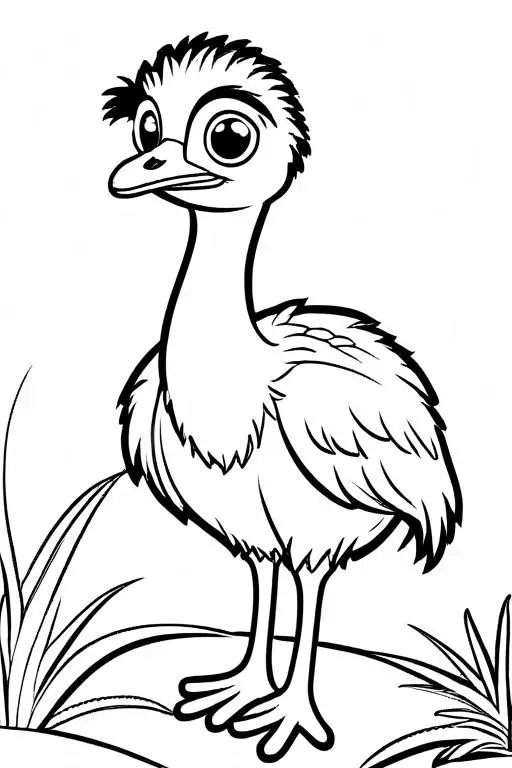
Emu Coloring Page 10 for Kids
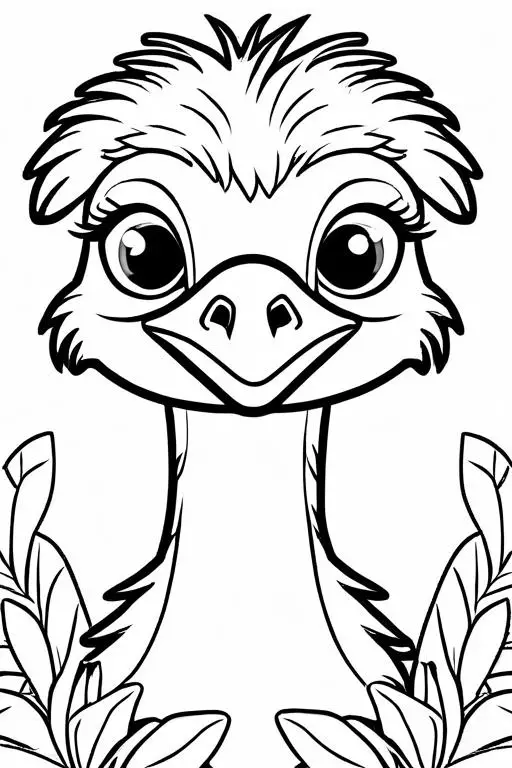

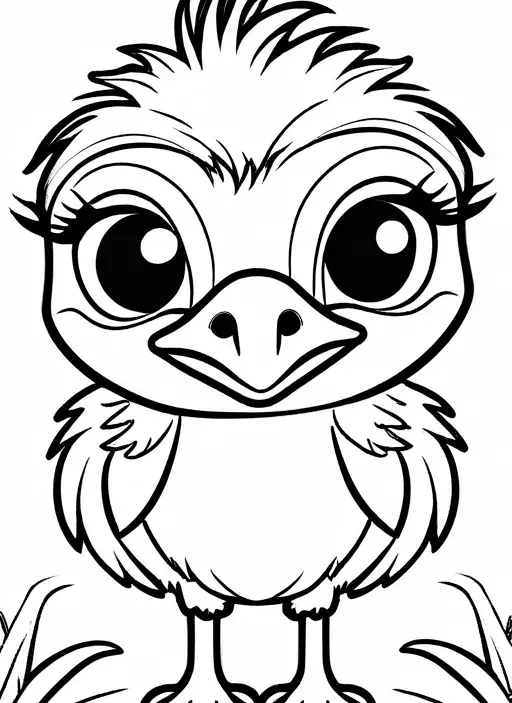
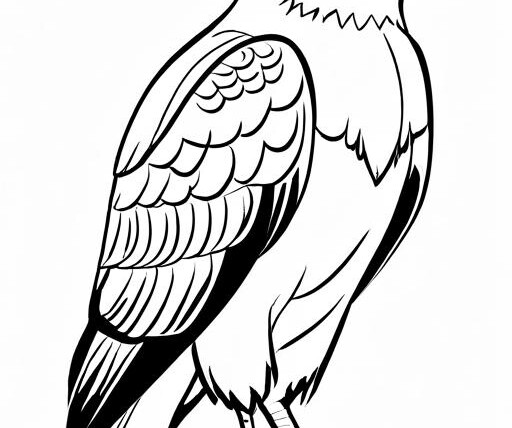
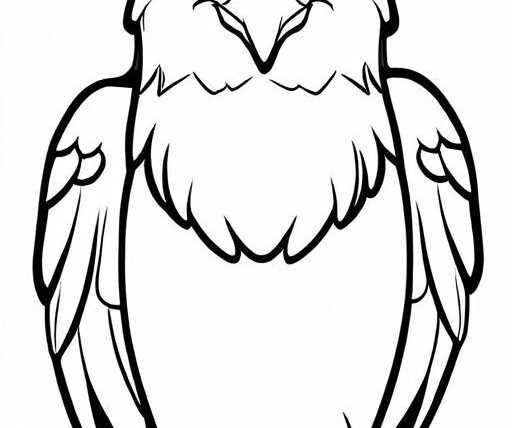
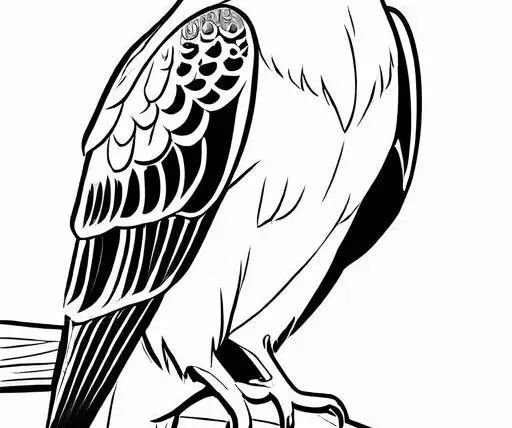
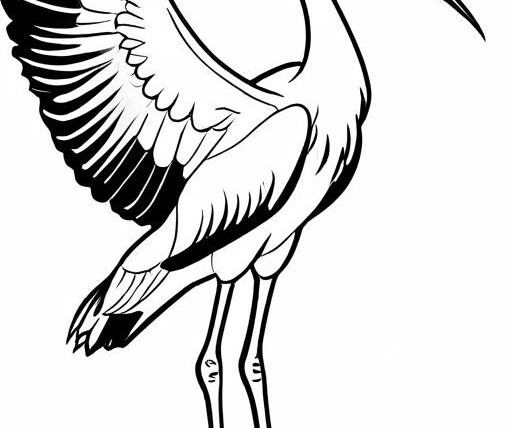
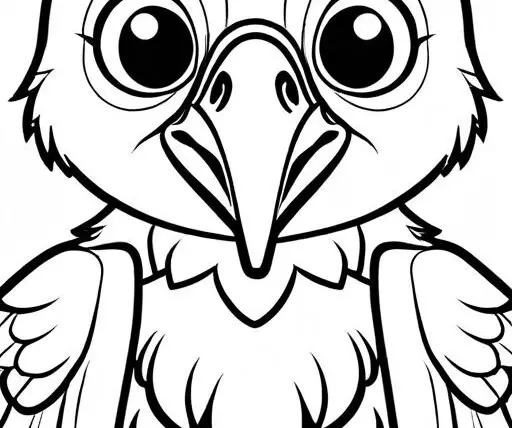
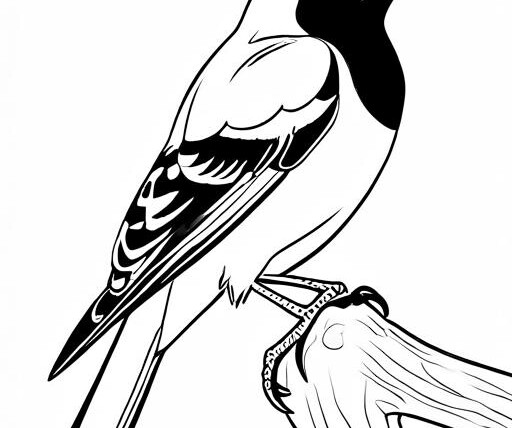
Maze Rampage Kids Activity Books: Unlock Fun and Learning for Toddlers and Preschoolers!
Engage Your Creative Mind with 2,500+ Free Adult Coloring Pages
100 Wasp Coloring Pages For Kids
48 Termite Coloring Pages For Kids